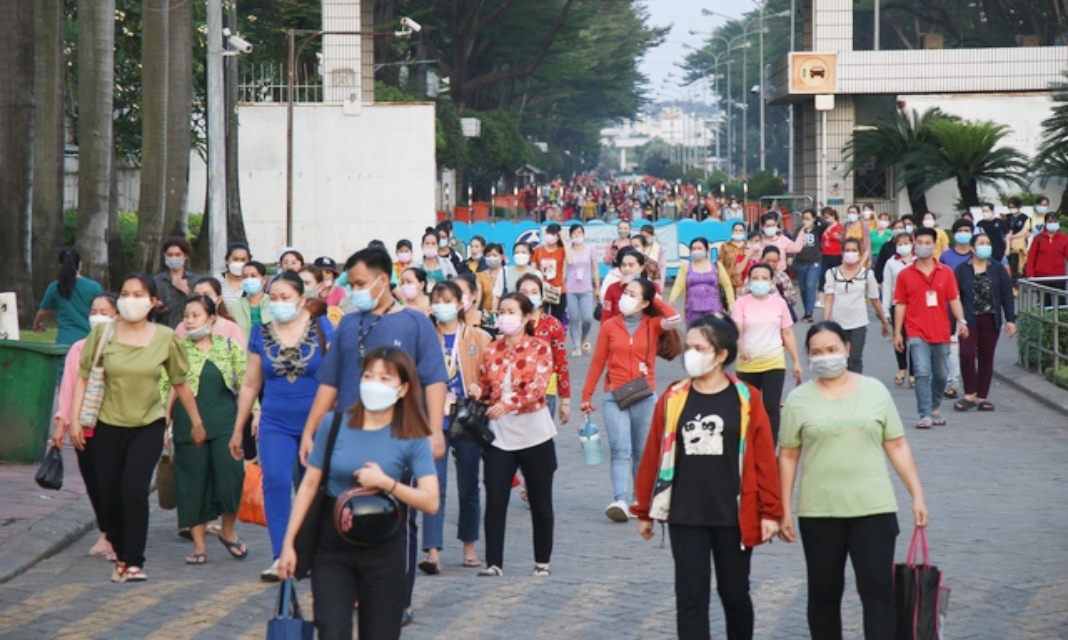HCMC – The majority of workers are grappling with growing difficulties in covering their basic needs with their current incomes, according to a recent report.
The report, focused on employment, wage, expenditure and life quality of workers in 2023, showed that some groups of workers are earning a mere 45% of what is essential for meeting their basic expenses.
It was conducted by the Institute for Workers and Trade Unions (IWTU) at the Vietnam General Confederation of Labor, surveying nearly 3,000 workers and 157 enterprises in Phu Tho, Binh Duong, An Giang, Haiphong City, HCMC, and Hanoi City.
Over half of the respondents are putting in an average of 1.75 extra hours of work daily. This added effort is largely driven by the necessity to bolster their incomes and enhance their quality of life.
The survey delved into the financial landscape of these workers, revealing concerning statistics. A mere 8.1% can save from their incomes, underscoring the widespread struggle to build a financial cushion. In contrast, 11.2% find it impossible to make ends meet solely with their existing earnings, prompting them to take on additional jobs for supplementary income.
Another alarming issue surfaced from the survey: workers’ dependence on borrowing. About 17.3% of workers reported frequent borrowing, causing financial instability. Roughly 3.1% of respondents shared that they faced threats from lenders, while 45.2% were anxious about their financial vulnerability.
The survey’s findings reflect not only workers’ hardships but also the broader economic challenges faced by businesses.
In comparison to 2022, employees in Vietnam have come under greater pressure this year. The difficulties encountered by businesses due to a fall in new orders have had a ripple effect on employment, earnings, and the quality of life for workers, said Pham Thi Thu Lan, deputy head of IWTU.
While the prices of essential goods such as utilities, food, and housing have risen, pay has remained stagnant, exacerbating these woes.
Expenses have surged by 19% compared to 2022, averaging nearly VND12 million per month. The majority of these expenses, about 70%, went toward food and other necessities.
Participating companies in the survey reduced their workforce by 10% against 2022.
Within these firms, 23.4% have eliminated hazardous and training allowances when determining the minimum regional wage. Most have adjusted this wage based on governmental decrees. However, around 10.1% continue to undercut the minimum wage by over 6%.
Nguyen Thai Duong, deputy president of the Vietnam Textile and Garment Trade Union, emphasized the union’s priority of securing employment opportunities and increasing incomes for workers, yet the reality is less optimistic. The textile and garment sector saw exports slipping a staggering 20% in the first half of the year, equivalent to a loss of nearly US$4 billion.
A billion U.S. dollars in exports sustain 150,000 jobs within this sector. Thus, the substantial decrease in export orders has directly impacted over 600,000 workers.
There are varying reasons for this downturn, such as a significant shift in orders to other countries and intense price competition. Processing fees plummeted by over 30% during the first six months of the year.
The shortage of orders may linger until next year, with 17.2% of surveyed businesses indicating a heightened lack of orders over this year.









